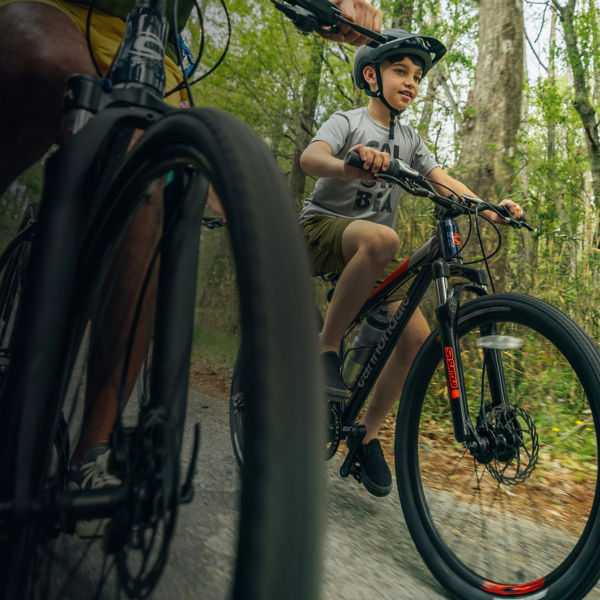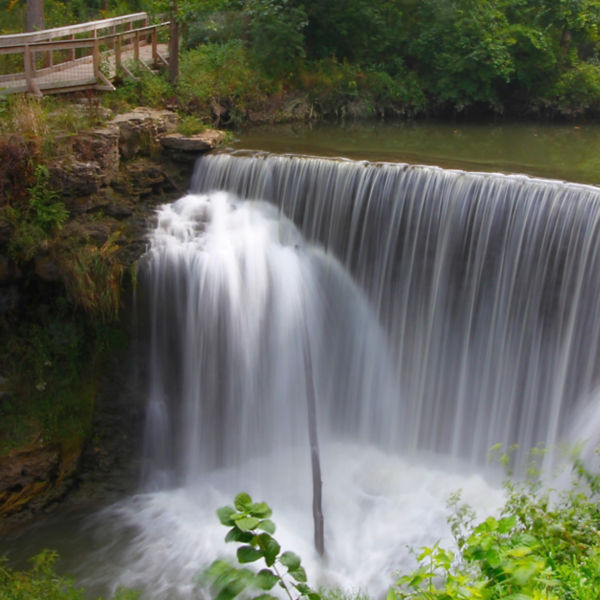
Fly fishing guide Erica Nelson wants to normalize getting hopelessly tangled in trees. After all, when she taught herself to fish in 2016, that’s about all she knew how to do.
At the time, Nelson had just moved to Lander, Wyoming, to work as a guide for the National Outdoor Leadership School (NOLS). Unable to find a disc golf course (her previous passion), she started hunting for a new hobby. That’s when she noticed local anglers heading to the river after work without much in the way of fancy gear—just blue jeans, sandals, and a couple of flies.
“That was really eye-opening to me—I’d always thought you needed this whole getup,” Nelson says. So, she borrowed a rod and reel from the NOLS gear room, watched some YouTube videos, and started her Instagram account @AwkwardAngler to get plugged into the community and start asking questions.
Now, five years later, Nelson is an Orvis-endorsed fly fishing guide based in Colorado’s Gunnison Valley (historically Ute land). She’s also the co-founder of diversity and inclusion consultancy REAL Consulting, the host of the Awkward Angler podcast, and an ambassador for Brown Folks Fishing, a community-based nonprofit organization that uplifts anglers who are Black, Indigenous, or other People of Color (Nelson is Diné, or Navajo).
Nelson (she/her) sat down with Public Lands to talk about honoring the Indigenous perspective on fishing, the rise of women in the sport, and why representation matters.
Public Lands: So many people still think of fly fishing as this super gear-intensive sport. Is that a misconception?
Erica Nelson: I think it’s a total misconception. These days, I carry a lot more than I should. But I try to keep to my roots—which is this notion that you don’t really need a lot. Just a reel, a rod, some line, a couple of flies, and maybe some fingernail clippers to cut your line. But almost everything can fit in your pocket. Usually in the summer, I take this little tin that used to have breath mints in it, and I stuff a bunch of different flies in there and that’s the only thing I carry.
Why did you start @AwkwardAngler on Instagram (and later your podcast)?
At first, I just wanted to know if it was normal to get caught up in trees. I’d never seen any representations of true fly fishing. It was always this grandiose image—probably of a white guy—standing in a crystal-clear mountain stream. That wasn’t my experience. So I do try to keep creating that space where it’s OK to be vulnerable and ask questions. And I don’t consider myself an expert, but I try to share what I’ve learned.
Fishing boomed during the pandemic. Are there more women and BIPOC anglers getting into the sport these days—or are people just now paying attention to them?
I would say it’s a little bit of both. The pandemic has gotten a lot of people outside in general, and I think fly fishing is becoming more and more popular. And the industry itself is also recognizing—slowly but surely—that there are People of Color out there fishing, and there are women out there fishing. It’s just a matter of how much they’re represented in our media. So, yes, it’s growing, but also, yes, we’ve always been here. The women I’ve known have been fishing their entire lives and are just now getting recognition for it.





















